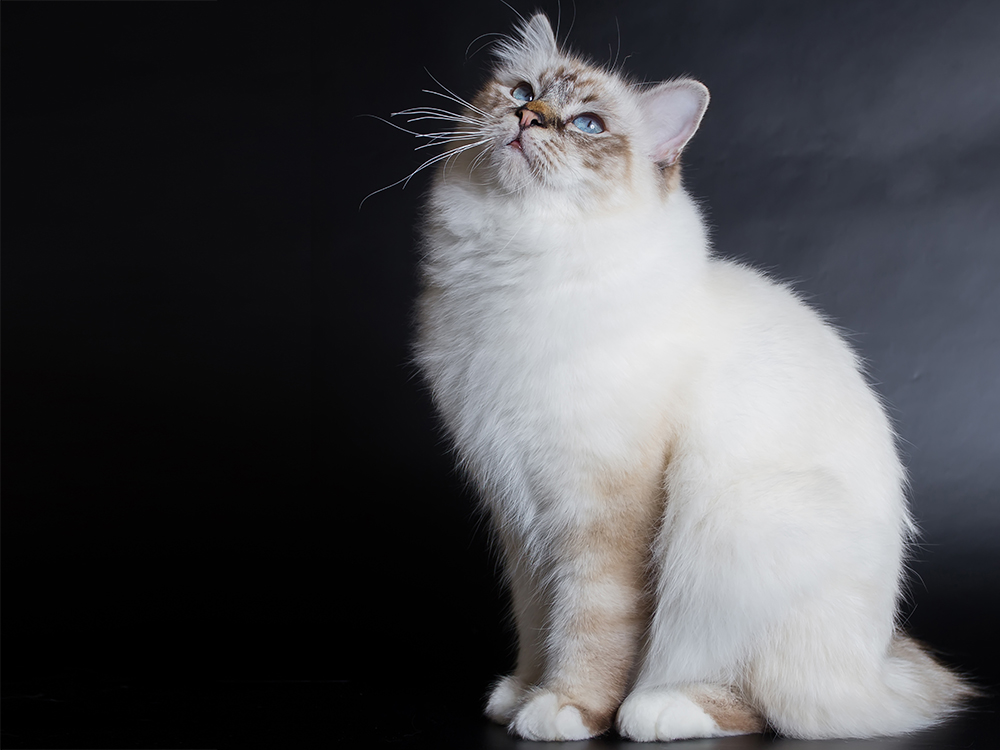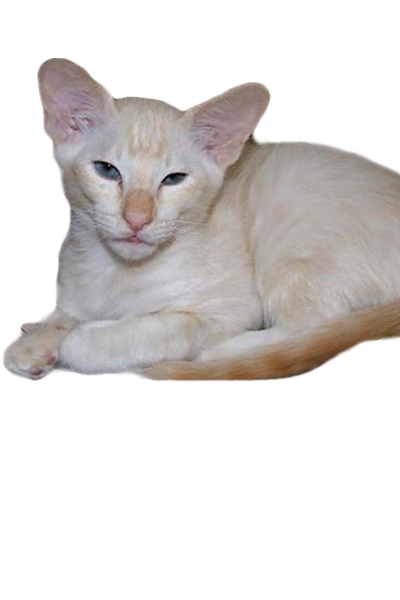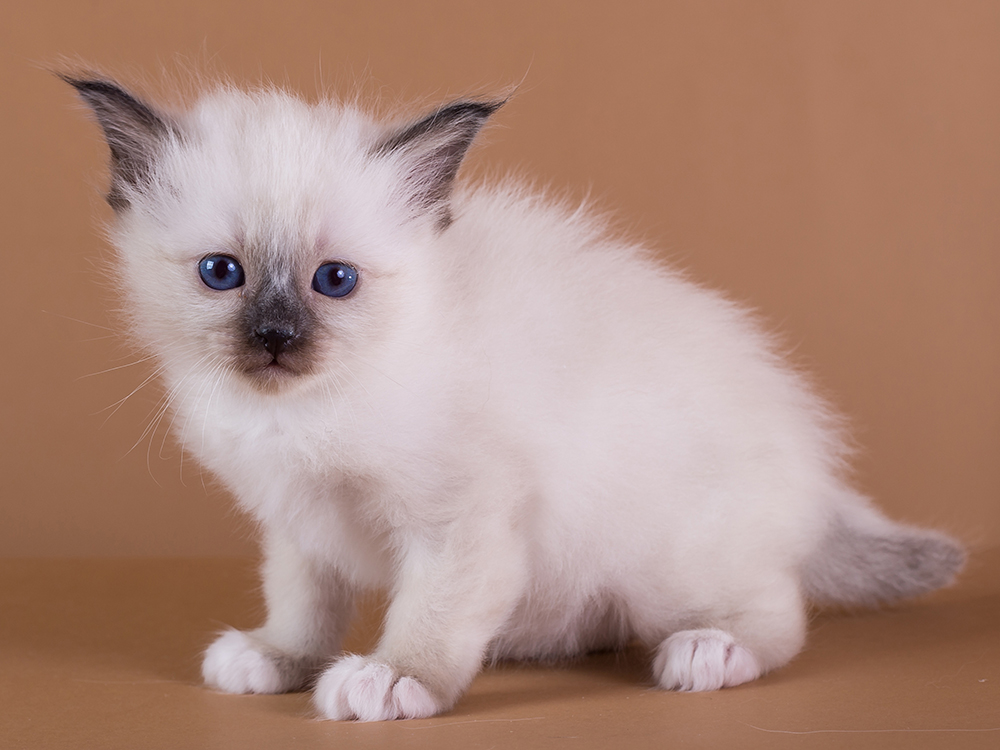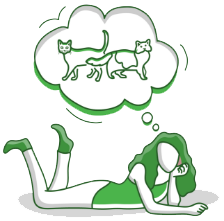
Tibetan Breed Pictures
Vital Breed Stats
| Weight: | 3 - 5 kg M | 3 - 5 kg F |
| Life Expectancy: | 9 - 12 years |
Breed Characteristics
| Size: |  |
| Grooming: |  |
| Trainability: |  |
| Good with Children: |  |
| Good with other pets: |  |
| Affectionate: |  |
| Active Level: |  |
Give a thumbs up if you love the Tibetan

0
More About the Breed
History
The Tibetan Cat was bred in the Netherlands by its first breeder Agnes Driessen in 1992. It is developed in Agnes’ cattery Anshira Waya from a cross between Balinese and Burmese cats. The crossing ventured to the Balinese and the Tonkinese which justifies the semi-longhaired Tonkinese-looking Tibetan cat. The original Balinese, Burmese, and Tonkinese are the only pedigrees permitted at the moment. However, there are also attempts in crossing it with other breeds such as Tiffanie/Burmese.
This feline may be a new breed but it already gained recognition from the Dutch Cat Breeders Association (the Dutch equivalent of the GCCF) in 1997. Once the Tibetan Cat becomes recognised by the GCCF, a breeding policy would then be set.
Appearance and Grooming
- Mink From the blend of both the Balinese and the Burmese coat patterns with blue-green or aquamarine eyes.
- Pointed pattern has a pale coat and coloured ears on the “points”, face, tail and legs. The eyes are blue like the Balinese.
- Sepia Tibetan cats have a solid colour with a slight colour distinction between the coat and the points. Eyes are chartreuse or amber.
Temperament and Intelligence
The Tibetan Cat is an extrovert breed just like the Tonkinese. It is sociable, friendly, spontaneous, and communicative. It likes walking in front of your feet and lying on top of books.
The Tibetan Cat is best to be kept indoors. It needs company and plenty of toys to be kept entertained. It also loves to explore; therefore, walking around the entire house is to be expected. The cabinets and the forbidden areas are its favourites.
Nutrition and Feeding
The Tibetan Cat should be provided with a diet according to its nutritional needs. It should be consistently given the same food following the same feeding schedule. If there are changes to its diet, those must be done gradually to prevent digestive problems. To avoid stomach upset, do not give it cow’s milk. Instead, a bowl of water should always be available.
The serving portions should depend on the cat’s weight, age, and activity level. Its diet must include at least 25% protein and just 5% carbohydrates.
Health and Exercise
As an indoor cat, its life expectancy ranges from 13 to 17 years. It does not have known breed-related health problems. Much like the other cats, it needs annual vaccination boosters against common feline diseases.
Further, ensure that this feline gets enough exercise and its diet managed well to prevent it from becoming overweight. Being an intelligent breed, it should be provided with toys and activities that will also challenge its mental abilities.
Cost of Ownership
A Tibetan Cat for sale is hard to find in the UK because it is currently a breed under development. Food costs may range from £15-£20 each month. For vaccinations, boosters, annual checks and other veterinary costs, pet care costs may add up to more than £500 each year.
As this breed is uncommon in the UK, the monthly costs largely depend on the area and the needs of the said feline.
Tibetan Breed Highlights
- This cat loves to communicate and take part in your daily activities.
- The Tibetan is an extrovert and is friendly to other cats.
- It does not like to be left alone.
- It is best to be kept indoors and provided with plenty of toys as it is playful.
- It does not have an undercoat, hence, it sheds lightly so less grooming is needed.








